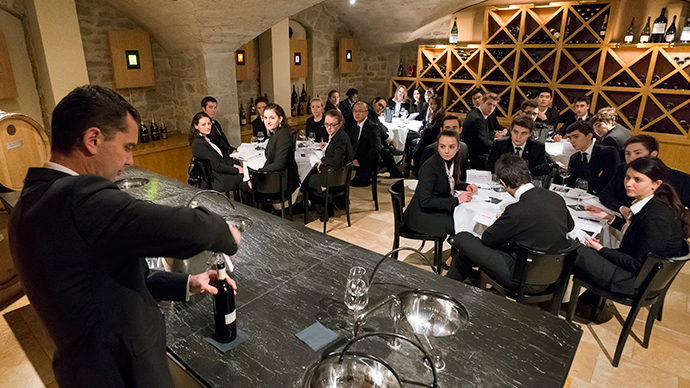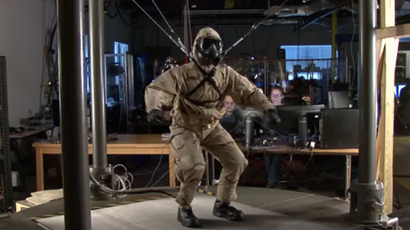Grape expectations: Wine-tasting sensor offers a vintage guide to quality

Wine-tasting could be revolutionized by a new invention from Denmark – a nano-sensor that evaluates a vintage’s quality by measuring its astringency, a characteristic of the dry sensation produced by tannins in a wine taster’s mouth.
The device, dubbed “mini-mouth,” has been created by researchers at the Interdisciplinary Nanoscience Centre (iNANO) of the Aarhus University in Denmark. It uses salivary proteins to measure the sensation that occurs in a person’s mouth when he or she drinks wine.
Unlike a sommelier, the sensor cannot identify the literally hundreds of flavors that make up the wine’s individual bouquet, from those warm woody notes to exciting citrus bursts and soothing chocolate undertones. But it still can tell whether the wine is good or not.

The sensor’s “tongue” is a small plate coated with nanoscale gold particles that simulating chemical processes ongoing in a mouth. The researchers use the gold particles as nano-optics to precisely measure very small, right down to 20 nanometres, objects by focusing on them a beam of light below the diffraction limit. In this way it is possible to examine and follow up the proteins to study effects of the wine.
“The sensor expands our understanding of the concept of astringency. The sensation arises because of the interaction between small organic molecules in the wine and proteins in your mouth. This interaction gets the proteins to change their structure and clump together,” lead researcher PhD student Joana Guerreiro said in a news release.
This is the first time that a sensor has been designed to measure not only the content of the products being consumed, but also to measure the developments and effects of a product in human mouth – in this case, of wine.
“Until now, the focus has been on the clumping together that takes place fairly late in the process. With the sensor, we’ve developed a method that mimics the binding and change in the structure of the proteins, i.e. the early part of the process. It’s a more sensitive method, and it reproduces the effect of the astringency better,” Guerreiro said.
The “mini-mouth” sensor could be used for analyses of anything that a person takes orally so the invention has a vast practical medical appliance, such as diagnostics, disease prevention and targeted therapy.
With the “mini-mouth,” a winemaker can control the technological process of wine production with previously unprecedented accuracy, without interference of a human factor, such as personal preferences of wine testers or human inaccuracy, elaborating a wine with the desired dryness.
“We don’t want to replace the wine taster. We just want a tool that is useful in wine production. When you produce wine, you know that the finished product should have a distinct taste with a certain level of astringency. If it doesn’t work, people won’t drink the wine,” Guerreiro said.














